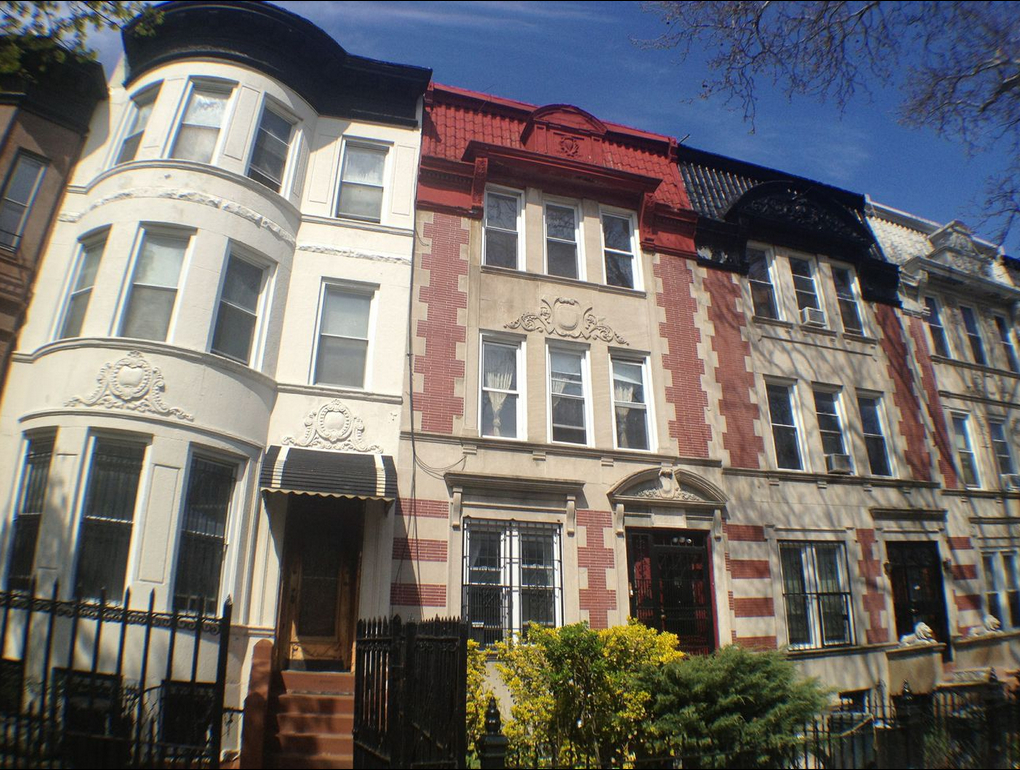Brooklyn Botanic Garden denies it’s ending scientific research
More than a thousand sign petition protesting firings

b_BBG_bySteve_Soblick_flickr.jpg
More than a thousand people have signed a petition protesting the Brooklyn Botanic Garden’s elimination of “the last vestige of support for research and science” at the garden after its latest round of firings.
On August 21, BBG suspended its science program and eliminated the last three research and science positions at BBG: Curator of the Herbarium, Herbarium Supervisor, and Manager of the New York Metropolitan Flora Project. BBG also eliminated the Director of Greenbridge, BBG’s community outreach program.
Claims from BBG’s administration that this merely presages the “re-envisioning” of their science programs defy credibility, according to Chris Kreussling, aka the “Flatbush Gardener,” who posted the petition on Change.org.
